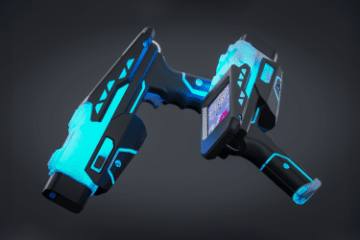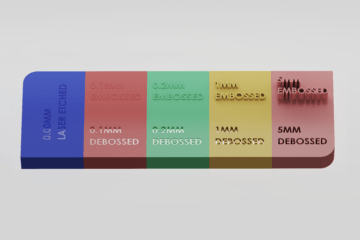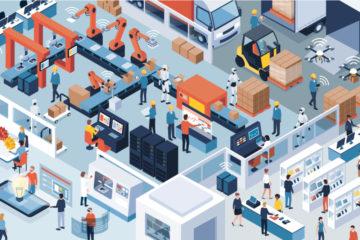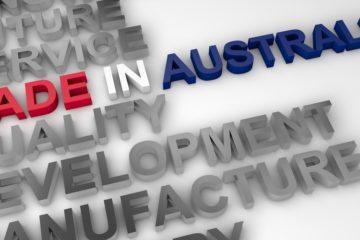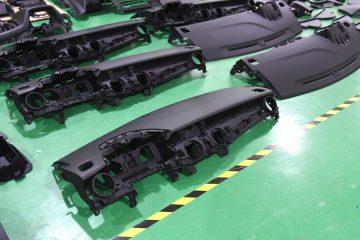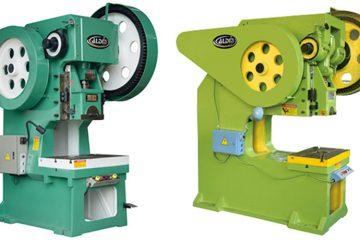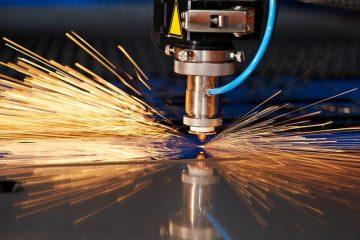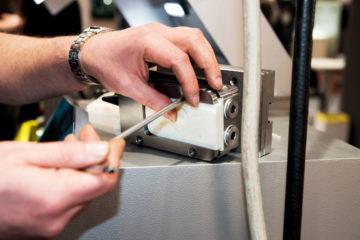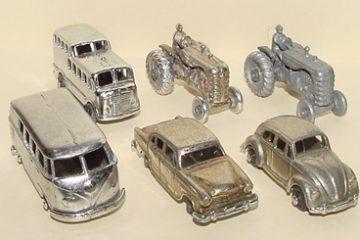
There are many steps between a great product idea and launching to market. It’s important to transition through each, even if you feel you don’t need it because doing so will better prepare you to launch the best possible product…and you might discover some issues you hadn’t even considered.
But it’s also important to know when it’s time to move onto the next step.
Knowing when you’re ready to move from design to prototyping, and from testing to manufacture can be difficult.
It’s not always clear cut, and every product or part will have a different journey through the production process. That’s why it’s handy to have professionals to guide you down your path, making use of their knowledge and experience in the industry.
Here are the key indicators that you’re ready for the manufacturing stage:
Knowing Your Manufacturability
Manufacturability is essentially a measurement of how easily a product can be manufactured. If your product requires specialised machinery, training for manufacture, non-standard design or complex assembly then it has low manufacturability.
Knowing what is required to manufacture your product and assessing its manufacturability is important so that you can discuss any specialised processes that may need to be put into place with your manufacturer. If you are production ready then you and your manufacturer should both understand the necessary processes to successfully develop your product.
Providing Your Manufacturer with a BOM
Supplying your manufacturer with a well formatted BOM (Bill of Materials) is important. This will provide your manufacturer with the exact information that they need to get competitive pricing, navigate longer lead times and verify quality before production fully ramps up. It will also help to avoid having to make changes that will lead to extra revision cycles and set back the manufacturing process later on.
If you are production ready then your BOM (Bill of Materials) should be complete and include specifications and drawings with part numbers, packaging, and documentation.
Determining Your Manufacturing Cost Estimate
To ensure that you run a profitable operation and have a financially sustainable production process, your production costs for the end product should align with your manufacturer’s suggested retail price (MSRP). If you are ready for manufacturing then your product should be able to cover production costs once it gets to market. Ideally, your cost estimate should be less than 50% of your target MSRP.
Assessing Your Documentation Package
To ensure a streamlined process, all documentation and written materials related to your product/production process should be readily available. If you are ready for manufacturing, your full document package should be completed and include EE/ME BOM’s, SW, CMF, product and manufacturer requirements and customer facing information. As well as any other relevant documentation specific to your product.
Assessing Your Quality Plan
Your quality plan will help to ensure that your product works and that its performance is reliable. The plan should address your products specific requirements and its general high-level requirements. If you are ready for manufacturing, you should have a well-documented quality plan that addresses cosmetic requirements, yield targets, MRB flow, EFA, and ongoing reliability.
Assessing Your Test Plan
You want your product to be functional, reliable, and safe for users and having a test plan will ensure this. Having this plan will involve meeting electrical and mechanical engineering requirements for parts and components.
If you are ready for manufacturing, you should have a well-documented test plan. Your testing plan for EE/ME/SW requirements should be thorough. Additionally, you should have specified on-going testing requirements to ensure continued quality and performance.
Packaging Review
Your product should have protective, market-ready packaging that can easily be integrated into the production cycle. Having inconvenient, complex or ineffective packaging could result in your products timeline being affected. If you are ready for manufacturing, your product should have off-the-shelf packaging that is ready to go.
Aligning Market Expectation and Estimate of Time to Readiness
The time that you want your product to hit the market is referred to as market expectation. Whereas, the point at which your product is truly ready to go to market is called the estimate of time to readiness. The amount of time that it will take to manufacture your product will depend on its complexity.
Ideally, your product should be completely manufactured a fair amount of time before you actually go to the market. If you are ready for manufacturing, you should be aligning your production so that your target market readiness falls more than three months after your estimated readiness date.
Checking your current situation alongside the indicators on this list will help to determine whether your product is ready for manufacturing or not. Addressing all these areas of production will ensure that you go to market with a successful product.
Subscribe to Our Newsletter
Get the latest news from Dienamics into your inbox






